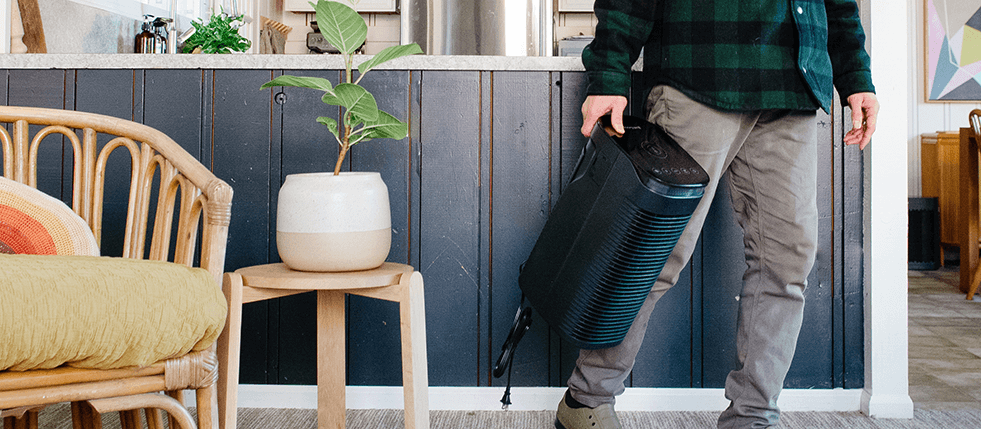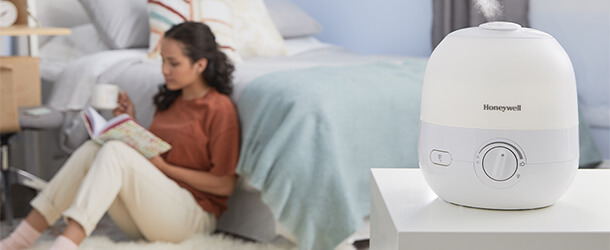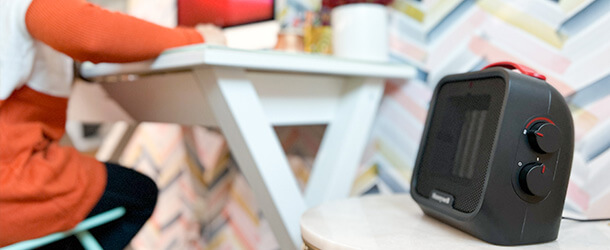Blog
Exploring the Science Behind Air Purifiers: How They Improve Indoor Air Quality
In an era where indoor air quality has become a significant concern for health and well-being, understanding the science behind air purifiers is essential. This exploration delves into how air purifiers function to improve air quality within our homes and workplaces. The presence of indoor pollutants—from dust and pollen to volatile organic compounds—can lead to various health issues, making the role of air purifiers increasingly vital. Not only do these devices filter out harmful particles, but they also utilize advanced technology to neutralize allergens, bacteria, and even odors. By investigating the mechanisms through which an air purifier operates and its effectiveness in creating a healthier living environment, we can better appreciate the importance of integrating these appliances into our daily lives.

This article aims to highlight the critical ways air purifiers contribute to enhancing indoor air quality, providing readers with insightful knowledge on their benefits and efficacy.
What Are Air Purifiers and How Do They Work?
Air purifiers are devices designed to filter and clean indoor air, making it free of pollutants and airborne particles. They typically work by employing various filtration technologies, including HEPA (High Efficiency Particulate Air) filters, activated carbon filters, and UV light purifiers. According to the U.S. Environmental Protection Agency (EPA), indoor air can be up to five times more polluted than outdoor air, largely due to dust, pet dander, volatile organic compounds (VOCs), and other allergens. HEPA filters can capture 99.97% of particles as small as 0.3 microns, effectively reducing the presence of these harmful elements.
In addition to improving air quality, air purifiers play a crucial role in enhancing overall health and well-being. A study published in the Journal of Allergy and Clinical Immunology found that using air purifiers in homes significantly decreased asthma symptoms and respiratory issues among residents. Furthermore, research by the American College of Allergy, Asthma, and Immunology (ACAAI) indicates that comprehensive air purification can lower levels of particulate matter, a key contributor to various health problems, including heart disease and lung conditions. By investing in an air purifier, individuals can significantly contribute to a healthier indoor environment, particularly in urban areas where air quality is often compromised.
Why Indoor Air Quality Matters for Health and Well-being
Indoor air quality (IAQ) is crucial for maintaining health and well-being, as the air we breathe significantly impacts our physical and mental states. Poor air quality can lead to a range of health issues, from respiratory disorders to cognitive decline. With indoor spaces often more polluted than outdoor environments due to dust, allergens, and volatile organic compounds (VOCs), it is essential to address these concerns proactively.
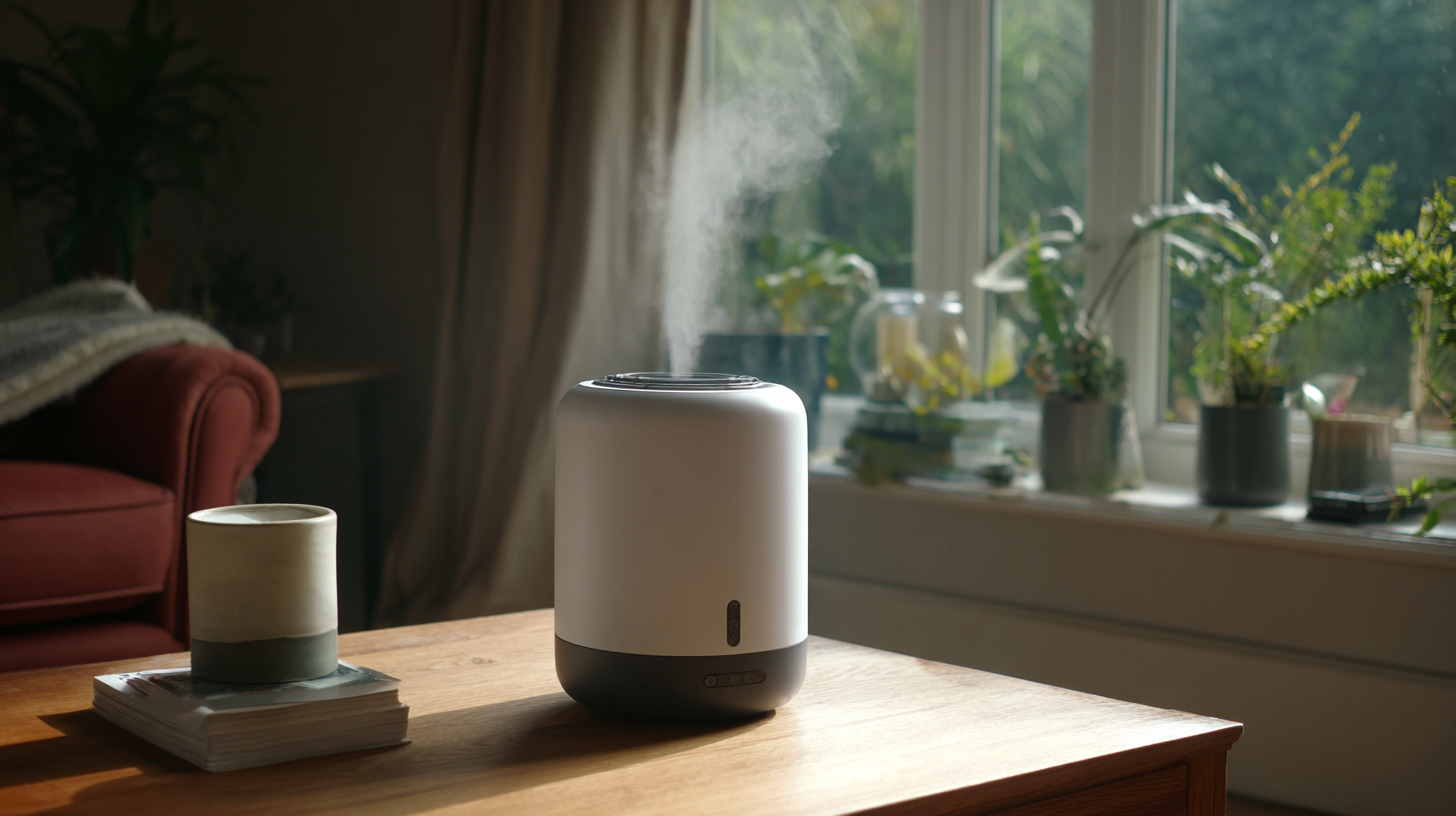 Air purifiers play a vital role in enhancing IAQ by removing harmful particles and pollutants from the air. They utilize various technologies, such as HEPA filters and activated carbon, to capture allergens, smoke, pet dander, and other contaminants. By improving air quality, these devices not only help reduce the risk of asthma and allergies but also create a more conducive environment for productivity and relaxation. As awareness grows about the importance of clean air, investing in air purification becomes an essential step towards fostering better health and overall well-being.
Air purifiers play a vital role in enhancing IAQ by removing harmful particles and pollutants from the air. They utilize various technologies, such as HEPA filters and activated carbon, to capture allergens, smoke, pet dander, and other contaminants. By improving air quality, these devices not only help reduce the risk of asthma and allergies but also create a more conducive environment for productivity and relaxation. As awareness grows about the importance of clean air, investing in air purification becomes an essential step towards fostering better health and overall well-being.
How Different Technologies in Air Purifiers Affect Performance
Air purifiers utilize various technologies to enhance indoor air quality, each with distinct mechanisms and efficiencies. HEPA (High-Efficiency Particulate Air) filters are designed to capture at least 99.97% of particles that are 0.3 microns in size, effectively removing dust, pollen, and pet dander from the air. This technology is particularly beneficial for allergy sufferers, providing cleaner air for a healthier living environment. However, while HEPA filters excel at particulate matter filtration, they do not eliminate gases or odors.
Activated carbon filters are another common technology used in air purifiers. These filters are excellent at absorbing volatile organic compounds (VOCs), smoke, and odors, thanks to the large surface area of the activated carbon particles. While they complement HEPA filters, they often need to be replaced more frequently due to saturation. Additionally, newer technologies such as UV light and ionization are gaining popularity. UV purifiers can kill bacteria and viruses, while ionizers release negatively charged ions that bind to positively charged particles, making them heavy enough to fall out of the air. Each of these technologies offers unique benefits and limitations, influencing the overall effectiveness of air purifiers in improving indoor air quality.
Exploring the Science Behind Air Purifiers: How They Improve Indoor Air Quality - How Different Technologies in Air Purifiers Affect Performance
| Technology Type | Particle Size Removal (microns) | Common Pollutants Removed | Efficiency Rating (%) | Noise Level (dB) | Price Range (USD) |
|---|---|---|---|---|---|
| HEPA Filter | 0.3 | Dust, Pollen, Pet Dander | 99.97 | 25-50 | 100-500 |
| Activated Carbon | Gas Molecules | Odors, VOCs | Varies | 20-45 | 50-300 |
| UV-C Light | N/A | Bacteria, Viruses | Up to 99 | 30-60 | 150-600 |
| Ionizer | 0.1-10 | Dust, Smoke | Varies | 25-55 | 80-400 |
| Ozone Generator | N/A | Odors, Bacteria | Up to 99 | 30-70 | 100-700 |
Why Regular Maintenance is Crucial for Optimal Air Purifier Function
Regular maintenance is crucial for ensuring that air purifiers operate at peak efficiency. Over time, filters can become clogged with dust, pollen, and other airborne pollutants, which significantly reduces the purifier's effectiveness. Depending on the model and usage, filters should be checked and replaced according to the manufacturer's recommendations. Failing to do so can not only diminish the air purifier's ability to clean the air but may also lead to the release of trapped contaminants back into the indoor environment.
In addition to filter replacement, cleaning the device itself is an essential part of maintenance. Dust and debris can accumulate on the exterior and internal components, potentially affecting airflow and the overall performance of the unit. Regularly wiping down the air purifier and checking for any mechanical issues can help prolong its lifespan. By committing to a routine maintenance schedule, users can ensure that their air purifiers continue to provide a healthier indoor atmosphere, effectively reducing allergens and improving overall air quality.
Impact of Regular Maintenance on Air Purifier Efficiency
The chart illustrates the efficiency of air purifiers over different maintenance durations. Regular maintenance is shown to significantly enhance efficiency, peaking at 85% after 6 months, before declining if no maintenance is performed.
What to Consider When Choosing the Right Air Purifier for Your Home
When it comes to selecting the right air purifier for your home, there are several crucial factors to consider. With the global air purifier market projected to reach $81.62 billion by 2024 and grow to $146.3 billion by 2033, understanding the features that enhance indoor air quality is essential. Pay attention to the type of filtration system, as HEPA filters are known for capturing 99.97% of particles, while activated carbon filters can effectively reduce odors and chemicals.
Furthermore, it's vital to assess the size of the unit in relation to your living space. The market for household air purifiers is estimated to be valued at $121.4 billion in 2024, indicating a growing demand for effective solutions to combat indoor air pollution. A purifier that fits your room size will ensure optimal performance without overworking the machine.
**Tips:**
- Look for air purifiers with a CADR (Clean Air Delivery Rate) rating that matches your room size for better efficiency.
- Consider additional features such as smart technology or air quality sensors that can enhance usability and effectiveness.

Related Posts
-
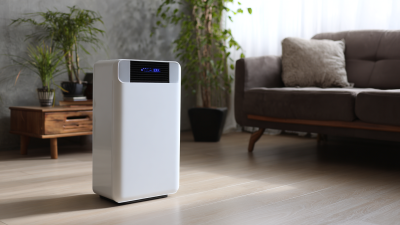
Understanding Industry Standards for the Best Air Purifier for Home and How to Choose the Right One
-

The Future of Home Wellness with True HEPA Air Purifiers
-
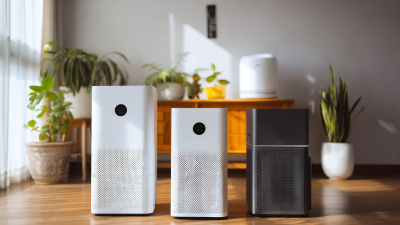
How to Choose the Best Air Purifier for Your Home Environment
-
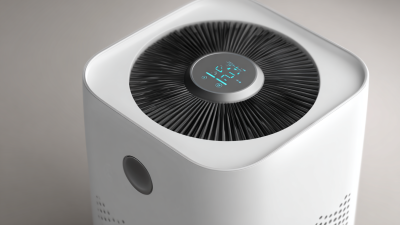
How to Choose the Best Air Cleaner Understanding Key Specifications and Features
-

Exploring Unique Alternatives to Traditional Air Cleaners for Home Use
-

Cool Humidifier Comparison Top Models Analyzed for Optimal Indoor Comfort





